Drones: A Promising Solution for Land Trust Monitoring
A yellow drone flying in a clear, blue sky.
Traditionally, land trust monitoring has been done by two methods. In-person (on foot) visits, which have the benefit of face-to-face communication with the landowner and allow detailed observation of landscapes and wildlife, and by satellite surveillance. The in-person method comes with costs in the difficulties of coordinating a visit date, the crew required and the equipment needed for each location.
Many land trusts have chosen to alleviate this burden through satellite monitoring, which frees staff hours for other projects, provides a wider context into which ground details can be placed, and captures images of areas inaccessible on foot. It can, however, be difficult to ensure that coverage of the proper resolution is consistently available, as imagery taken in cloudy or smoky conditions is mostly useless.
Overall, foot and satellite complement each other well, but still leave certain weaknesses.
Recently, unmanned aerial vehicles, or drones have emerged as a promising solution to these pitfalls. Compared to inspection on foot, a drone can clear impractical obstacles faster than a team member can cross flat ground, flying up or down canyons and cliffsides, above the tree canopy, and over structures and waterways with ease. With the ability to hover in place close to the surface, drones capture the land in much greater detail than satellites and can fly beneath smoke or cloud cover.
In addition to photos from the top-down, drone photography can be taken from the side or looking downward at an angle, either to give depth and perspective or to capture the sides of trees, hills, or cliff faces. In the same way, drones can also capture video at a wide enough scale to be impressive but just close enough to present a personal message, making it an invaluable resource for community outreach.
All of this can be done on a pre-planned schedule or on the fly. With internal GPS and elevation monitors, drones can save and load flight plans, allowing them to photograph interest points from the same angle and height year over year. Alternatively, when stored in the trunk of an ATV or other vehicle, a drone can be quickly deployed whenever a monitoring team deems it necessary.
There will be challenges implementing drones in any organization; the cost of the equipment itself and the training for its use, the required knowledge of regulations and the airspace around each property, and the integration of drone flights into the monitoring schedule. The hardware has limited range, due to signal strength and battery life, and if observing wildlife is a priority, the noise of the rotors must be considered. Nonetheless, the value a drone can provide during a monitoring visit is unparalleled, whether employed as a primary participant or an ace up the sleeve for special moments.
Looking to learn more about drones? Join us for the Stewardship Roundtable on Friday, September 13th from 12-1:30pm at Secret Trail Brewery. Register Here

